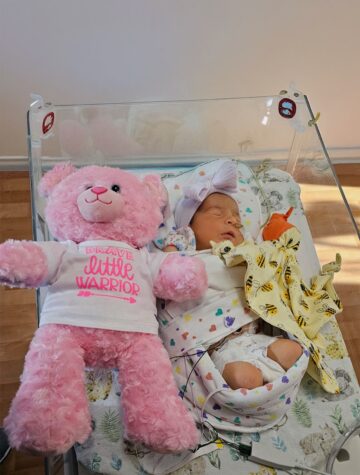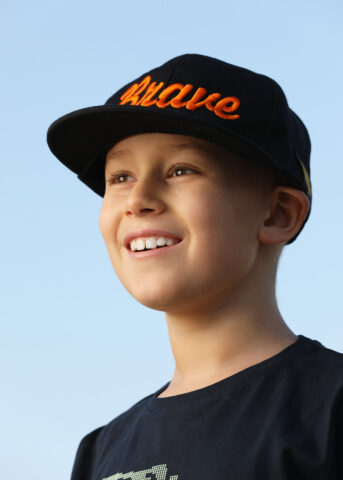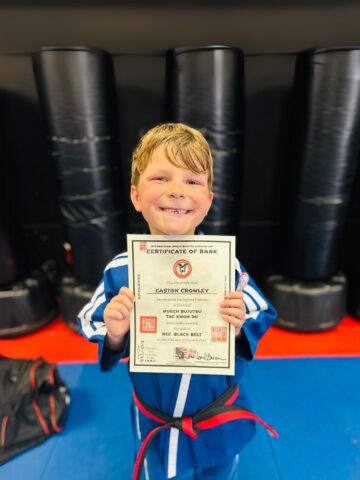By Allyson Duran, mother of CHOC patient Michelle
When I was 21 weeks pregnant with our little girl, my fiancé and I received devastating news. Michelle’s head was not measuring large enough for how far along I was in my pregnancy. We were scared and didn’t know what this would mean for our little girl.
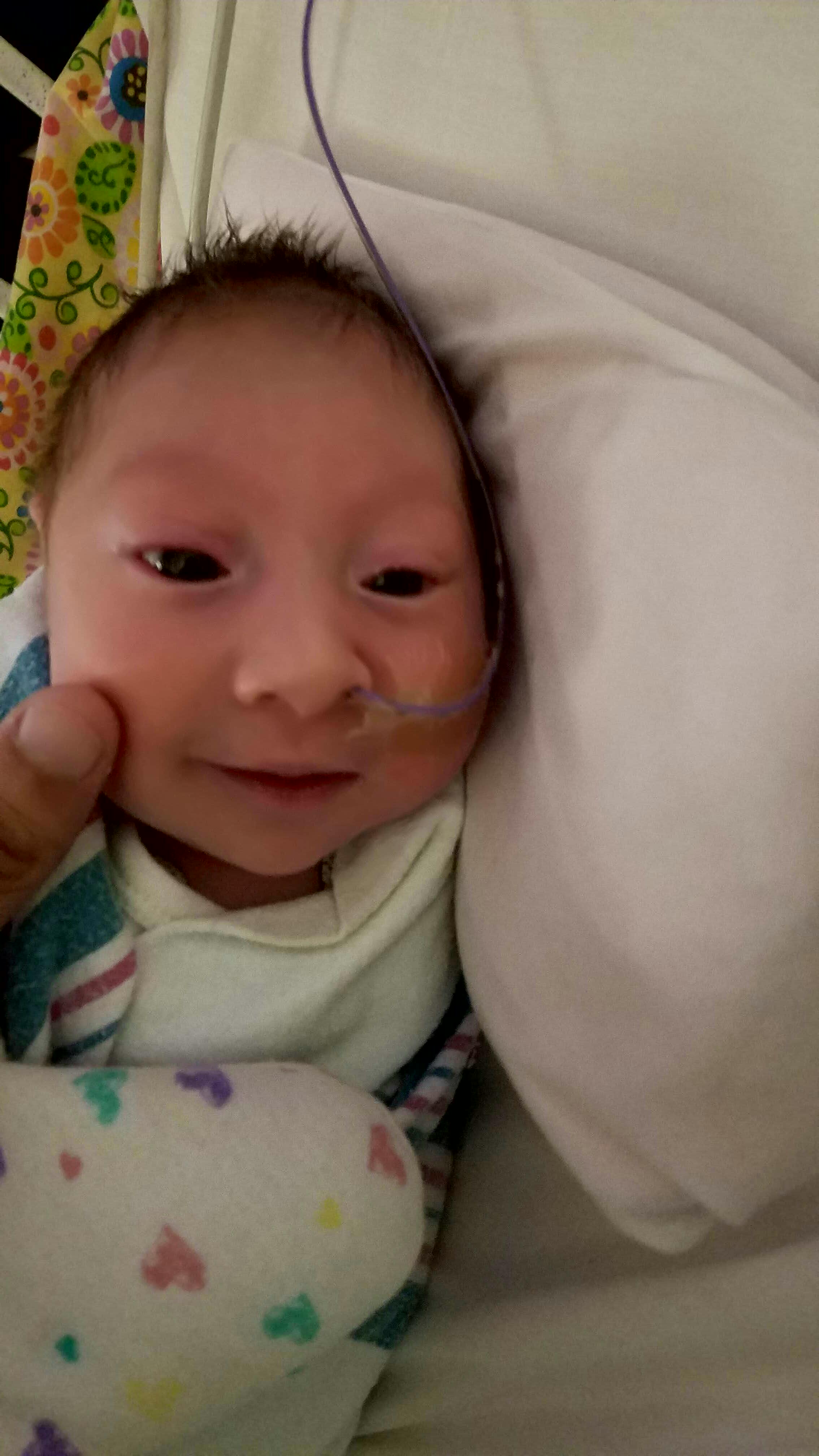
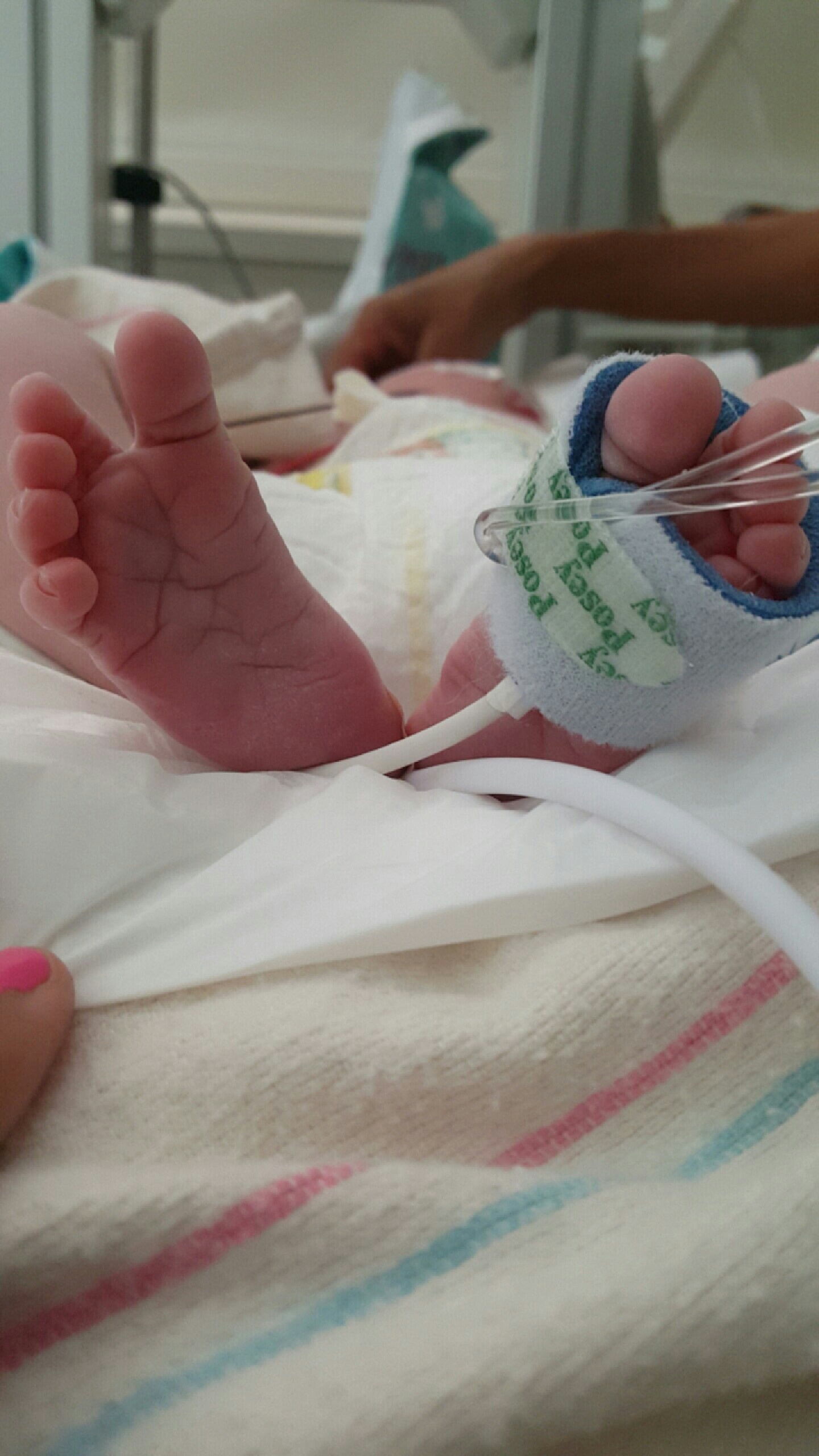
My OB-GYN referred us to a high-risk maternal-fetal specialist, where we received a shocking diagnosis: our baby had microcephaly, a rare condition where a child’s brain does not fully develop, resulting in an abnormally small head size. They also diagnosed her with another condition called encephalocele, where brain tissue protrudes out to the skin from an abnormal opening in the skull. Although very rare – only 340 babies in the U.S. are born with this each year- this is one of the most common neural tube defects, a birth defect involving incomplete development of the brain and spinal cord.
During the rest of my pregnancy it was a little emotional because we didn’t know if Michelle would survive the pregnancy or even worse, pass away shortly after birth. We didn’t know if she would come out breathing or what to expect. I had ultrasounds every week to monitor the growth of the encephalocele. When I was six months pregnant, my high-risk OB-GYN sent me to meet with Dr. Michael Muhonen, a pediatric neurosurgeon at CHOC. I didn’t know what to expect, but I couldn’t handle any more bad news. He told me the mass growing outside of her brain could either be tissue or fluid, but they wouldn’t be able to tell for sure until after she was born.
He told us that the prenatal ultrasounds showed a giant encephalocele with severe concerning brain anomalies. I was terrified about what was going to happen to my baby, but I felt reassured that she would be in good hands.
Michelle was born October 10, 2016 at 10:34 a.m. at University of California, Irvine. She thankfully came out breathing on her own, and my fiancé and I were an emotional wreck. I couldn’t hold her or kiss her right away because she was whisked away to the neonatal intensive care unit (NICU). Four long hours later, I was finally able to see her and give her a kiss, but I couldn’t hold her yet.

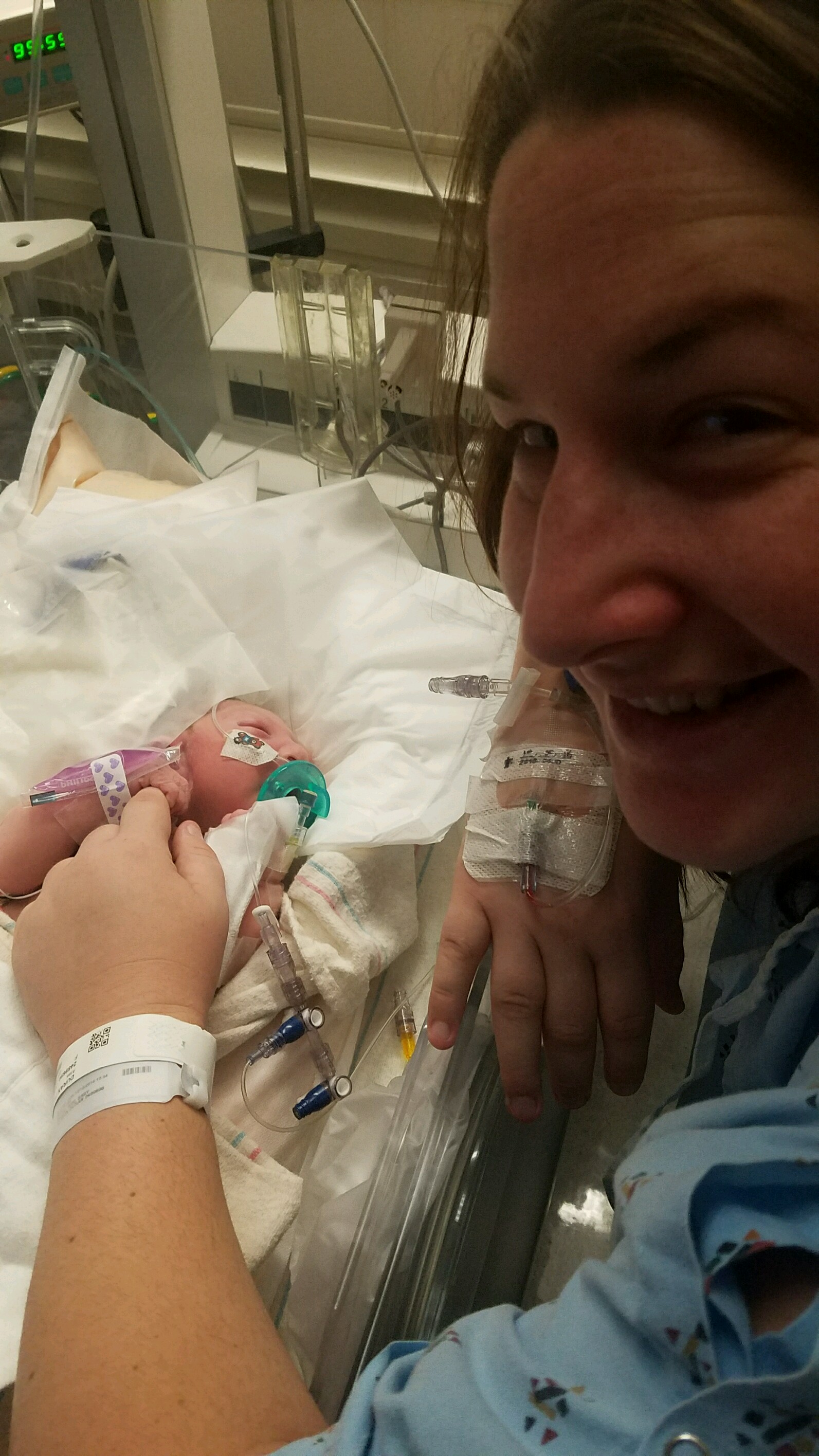
Dr. Muhonen came to UCI to see Michelle and review her MRI so they could get a better idea of what was inside her encephalocele. While we waited for the results in the NICU, Michelle stopped breathing right in front of our eyes. The NICU nurses rushed to her aide and resuscitated her. She started breathing again on her own, but I can’t begin to describe how scary those two minutes were. My heart broke and fell into my stomach. At two days old, her condition was declining, but I knew in my heart that she was going to be ok.
After that, a nurse approached us and handed us a little sack and said, “Someone who heard about your situation wanted to give this to you and remain anonymous.” As we opened the little sack we pulled out a key that said HOPE on it. I broke down in happy tears.
Michelle’s MRI results came back literally seconds later. Dr. Muhonen said that he had never seen an encephalocele this big before, but that it was mostly made up of brain fluid, and he was confident that he could successfully operate on her. Later that day, Michelle was transferred via ambulance to CHOC, where she would be prepped for surgery.
The next day, we put our three-day-old baby in the hands of Dr. Muhonen and prayed that her surgery would go well. Three hours later, he came out of the operating room to where we had been anxiously waiting in the lobby, and told us that the surgery went well.
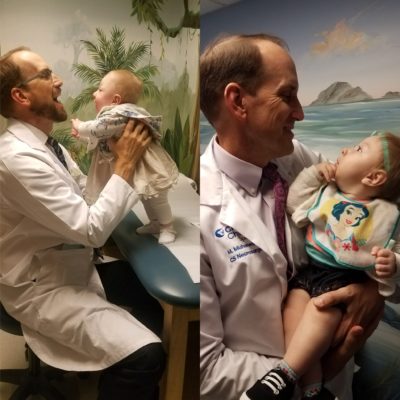
“We were able to successfully put the exposed brain back into the skull and remove the outer sac of the encephalocele. The post-operative results were superb, and Michelle had no difficulties with the complicated surgery,” Dr. Muhonen told us.
Michelle stayed at CHOC in the NICU for three weeks to recover and get strong enough to finally go home. During that time, my fiancé and I stayed just down the street at Ronald McDonald House. When our baby was hospitalized, we were grateful to have an incredible team of nurses caring for her. This was my first baby and I had never been through anything like this before, and Michelle’s nurses were very patient with me and explained everything. They taught me things like how to feed her. They spent so much time with her and knew tiny little nuances about her. They were there to help and support not only their patient, but her parents as well.
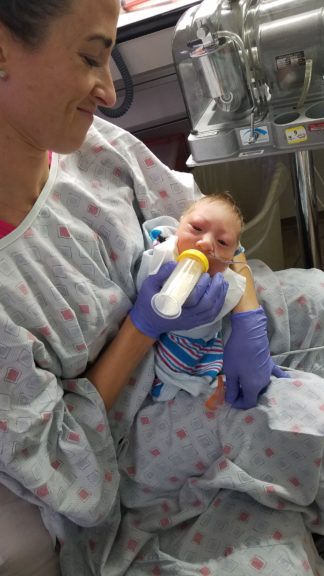
Our favorite nurse, Maria, told me that one of her favorite parts of being a NICU nurse is empowering parents so that they can eventually play the role of their baby’s biggest advocate.
For a while, we had weekly appointments with Dr. Muhonen to monitor the shunt (a device that relieves pressure on the brain) he implanted a few months after surgery. Michelle was doing so well that our appointments were changed to once every three months!
Dr. Muhonen told us, “While Michelle is still growing, and has challenges ahead, I am optimistic that she will love and enjoy life, bring joy to her family, and will always be an inspiration to others.”
Today, Michelle is a happy baby. We are busy with physical therapy, occupational therapy, and infant stimulation appointments, but Michelle laughs and smiles all the time. She loves when people pretend to sneeze. She loves to jump. She is trying to walk, but she doesn’t like to crawl.
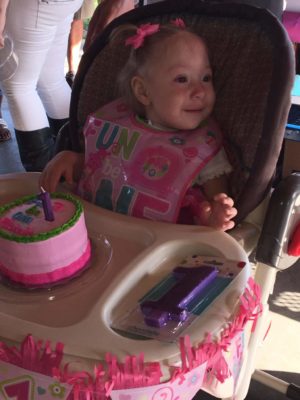
Earlier this year, we participated in CHOC Walk in the Park in honor of our daughter, and to show our support for the wonderful neurosurgeon and all the other CHOC staff members who helped save her life! We are forever grateful and feel blessed for this wonderful hospital for keeping our family whole.
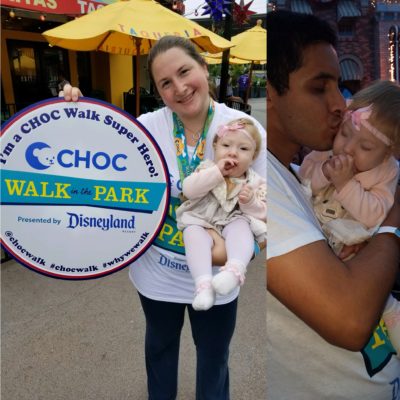
Get more expert health advice delivered to your inbox monthly by subscribing to the KidsHealth newsletter here.
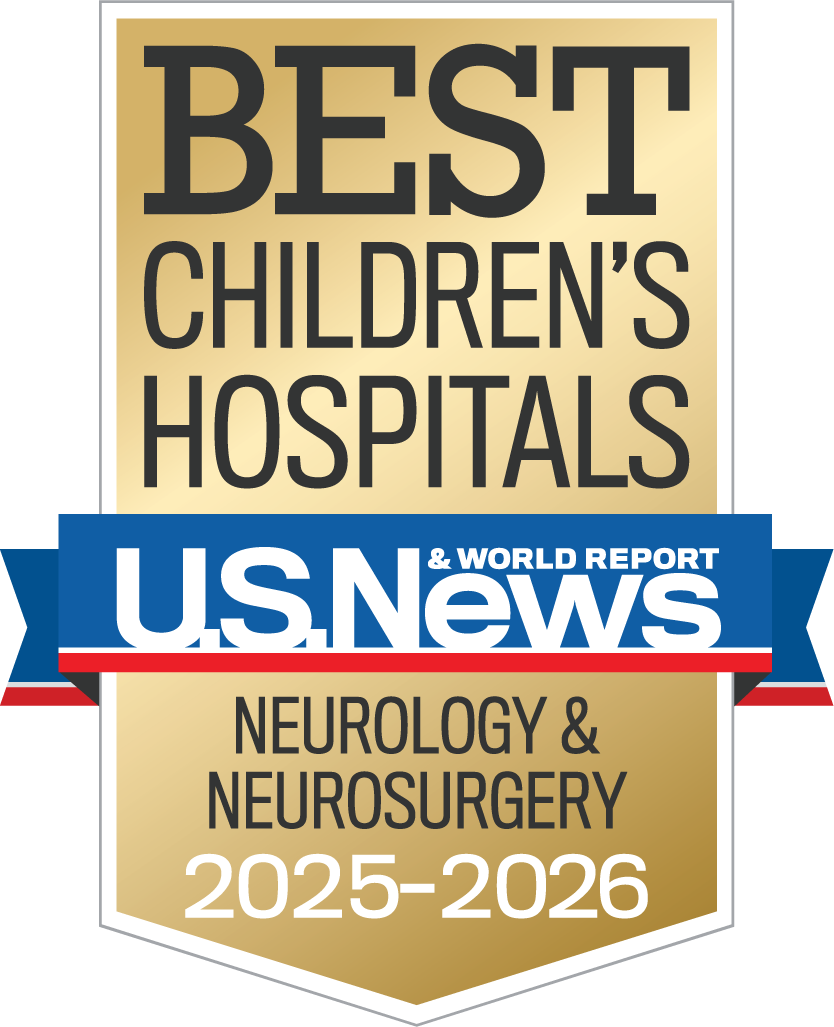
Learn more about CHOC’s Neuroscience Institute
CHOC Hospital was named one of the nation’s best children’s hospitals by U.S. News & World Report in its 2025-26 Best Children’s Hospitals rankings and ranked in the neurology and neuroscience specialties.

